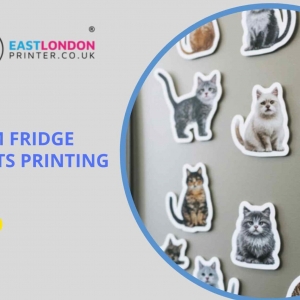An auto parts mould is a specially designed tool used in the process of shaping materials such as plastic, metal, or rubber into specific parts required for vehicles. These moulds are custom-made to meet the exact specifications for each component, ensuring high precision and uniformity. Auto parts moulds can be used to create a variety of parts, including bumpers, dashboards, door panels, and engine components, as well as other smaller components like connectors and fasteners.
The moulding process involves injecting or compressing material into a mould cavity, which then solidifies into the desired shape. The material used depends on the specific requirements of the part, such as strength, flexibility, or heat resistance. Once the material has cooled and hardened, the mould is removed, leaving behind a finished automotive part.
There are several different types of auto parts moulds, each designed for specific purposes. Some of the most common types include:
Injection Moulds
Injection moulding is one of the most widely used methods for producing plastic automotive parts. In this process, melted plastic is injected into a mould under high pressure, allowing it to fill the cavity and take the desired shape. Once the plastic cools and solidifies, the part is ejected from the mould. Injection moulds are commonly used for creating parts such as bumpers, dashboard components, and interior panels.
Compression Moulds
Compression moulding is a process used for making rubber or thermoset parts. A pre-measured amount of material is placed into an open mould cavity, which is then closed and heated to allow the material to cure. This method is commonly used to manufacture components like seals, gaskets, and weatherstripping, which require high durability and flexibility.
Die-Casting Moulds
Die casting is typically used for producing metal parts, especially those made from aluminum or zinc alloys. In this process, molten metal is injected into a steel mould under high pressure, where it cools and solidifies. Die-casting moulds are ideal for producing parts that require high strength and precision, such as engine components, transmission parts, and structural elements.
Blow Moulds
Blow moulding is a process primarily used for making hollow plastic parts. In this process, a tube of plastic is inflated inside a mould to create the desired shape. Blow moulds are commonly used for producing items like fuel tanks, air intake ducts, and other hollow components in the automotive industry.

https://www.bumpermould.net/product/bumper-mould/
Mould Name Audi A5 Car Bumper Mould
Material PP+EPDM(Contraction: 1, 5%)
Bumper Size 1800*510*460mm
Steel For Cavity &. Core P20
Mould Base C45
NOs. of Cavity 1*1







